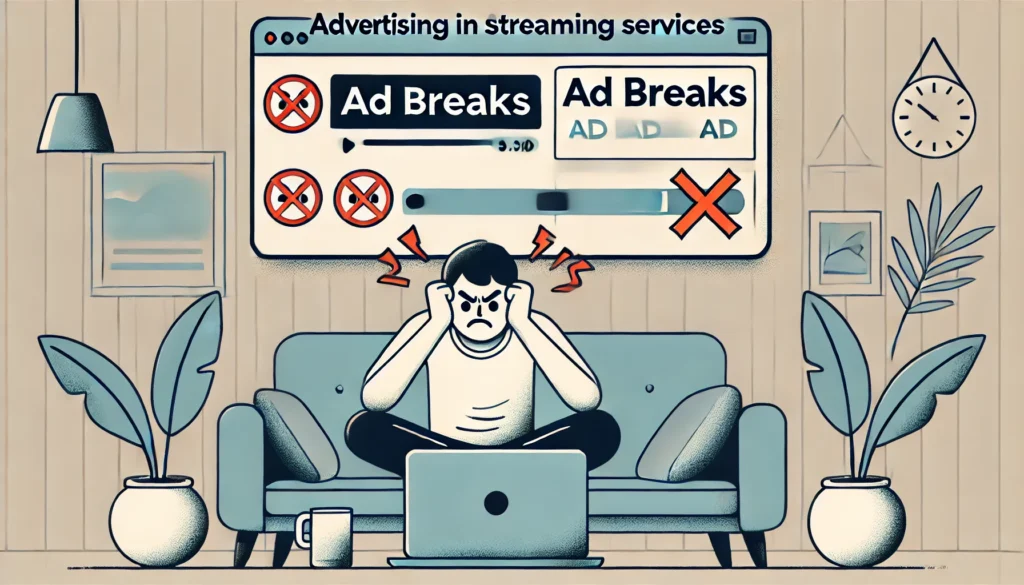The Invasion of Advertising in Video Streaming Services and Its Detrimental Impact on Viewers
The rapid growth of video streaming services has revolutionised how people consume media, offering unprecedented access to a vast array of content. However, as these platforms have matured, the intrusion of advertising has become increasingly prevalent, often to the detriment of the viewer experience. This shift towards ad-supported models, driven by economic and competitive pressures, raises significant concerns about its impact on viewers.
Proliferation of Ad-Supported Models
Initially, streaming services like Netflix and Amazon Prime Video attracted subscribers with the promise of ad-free content, differentiating themselves from traditional television. However, as the market saturates and growth plateaus, even these giants are exploring ad-supported tiers to sustain revenue. For instance, Netflix has introduced a lower-cost subscription plan that includes advertisements, a move that signifies a broader industry trend.
Viewer Experience and Disruption
The introduction of ads disrupts the seamless viewing experience that streaming services initially offered. Advertisements interrupt narratives, break immersion, and can be jarring. Unlike many traditional TV channels, where viewers expect commercial breaks, the presence of ads in streaming content feels intrusive and diminishes the enjoyment and convenience that originally drew users to these platforms.
Increased Screen Time and Mental Fatigue
Ad-supported models often lead to increased screen time as viewers are subjected to repetitive ads, which can contribute to mental fatigue. The constant barrage of advertising content can cause viewer burnout and reduce the overall satisfaction with the streaming service. Moreover, the ads are frequently unskippable, forcing viewers to spend additional time on the platform beyond the content itself, exacerbating screen time issues.
Privacy and Targeted Advertising
Another significant concern is the use of targeted advertising, which relies on extensive data collection. Streaming services track viewing habits, search histories, and even interactions with advertisements to tailor ads to individual users. While this can make advertising more relevant, it raises privacy concerns. Viewers may feel uneasy knowing their behaviour is being closely monitored and used to deliver personalised ads, often without explicit consent.
Content Quality and Creative Freedom
The shift towards ad-supported models can also impact content quality and creative freedom. Creators may feel pressured to alter their content to fit advertising guidelines or cater to advertiser preferences. This can lead to homogenisation of content, where unique and diverse voices are stifled in favour of more commercially viable, advertiser-friendly material. Such constraints can limit the artistic expression and innovation that have characterised the streaming revolution.
Economic Pressures and Subscription Costs
As streaming services compete for ad revenue, the cost-benefit balance for viewers becomes skewed. While ad-supported tiers are generally cheaper, the cumulative cost of multiple subscriptions can add up, especially when combined with the time spent watching ads. This economic burden can make streaming less accessible to viewers, counteracting the initial democratization of media access that streaming services promised.
Wrap-up
The invasion of advertising in video streaming services poses several challenges that undermine the viewer experience. From disrupting narrative flow to raising privacy concerns, and from contributing to mental fatigue to affecting content quality, the shift towards ad-supported models prioritises revenue generation over viewer satisfaction. As the industry continues to evolve, finding a balance that preserves the core benefits of streaming—uninterrupted, high-quality, and diverse content—while ensuring financial viability will be crucial for maintaining viewer trust and loyalty.
It’s a great reason to support the BBC.

